iPhones are known for their durability, but the charging port isn’t immune to damage. If you want to fix your malfunctioning charging port, we have you covered!
In this guide, we’ll unveil the repair expenses involved in rescuing your beloved iPhone from the clutches of a faulty charging port.
How Much Does It Cost to Fix an iPhone Charging Port?
When it comes to fixing an iPhone charging port, the expenses involved can vary based on factors like the device model, the extent of damage, and the chosen repair shop. Replacement charging ports can range from $9.99 to $80 (USD), while installation labor costs may span from $35 to $250.
In case of additional device damage, such as a faulty logic board, expect an extra fee. Some repair shops may also charge a diagnostics fee to identify the root cause. Given the complexity of the process, it is advisable to entrust this task to a professional repair shop for a seamless and efficient resolution.
What Causes a Damaged Charging Port?
A damaged charging port on an iPhone can be frustrating and inconvenient, leaving you unable to charge your device or connect it to other devices. Several factors can contribute to the deterioration or malfunctioning of a charging port.
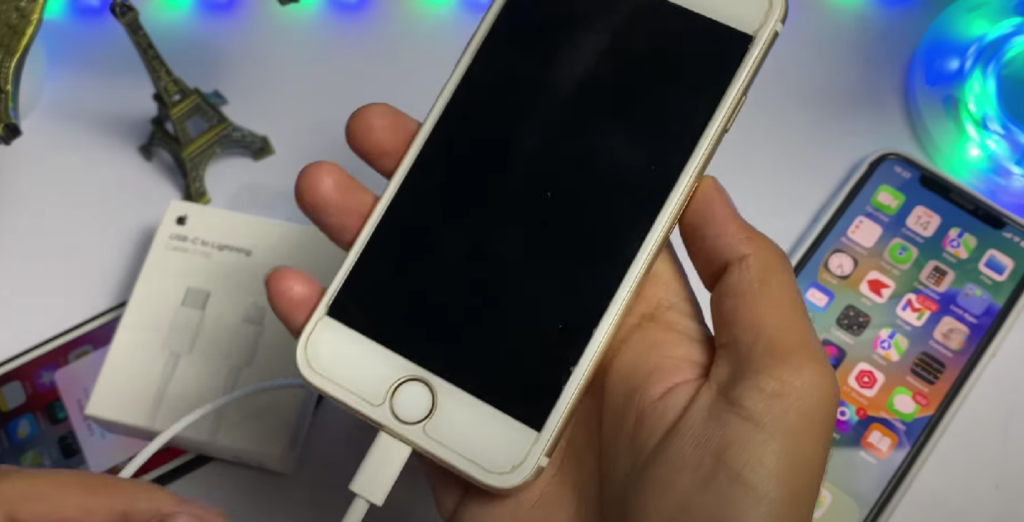
Physical Damage
Accidental drops or impacts can put stress on the port, causing it to become loose, misaligned, or even break completely. Plugging and unplugging the charging cable roughly or at awkward angles can also contribute to port damage over time.
The repetitive motion can weaken the port’s internal components or cause them to bend, resulting in poor connectivity or inability to charge.
Accumulation of Debris
When the port is exposed, it can attract and accumulate small particles, which can clog the port and prevent proper connection with the charging cable. This can hinder the flow of power and data, causing intermittent charging or connection issues.
Moisture or Liquid Exposure
Accidental spills, exposure to rain, or even high-humidity environments can result in liquid seeping into the port. Moisture can cause corrosion or short circuits within the port, leading to malfunctioning or non-functional charging capabilities.
It is essential to keep your iPhone away from water and take immediate steps if it does get wet, such as drying it thoroughly and avoiding charging until it is completely dry.
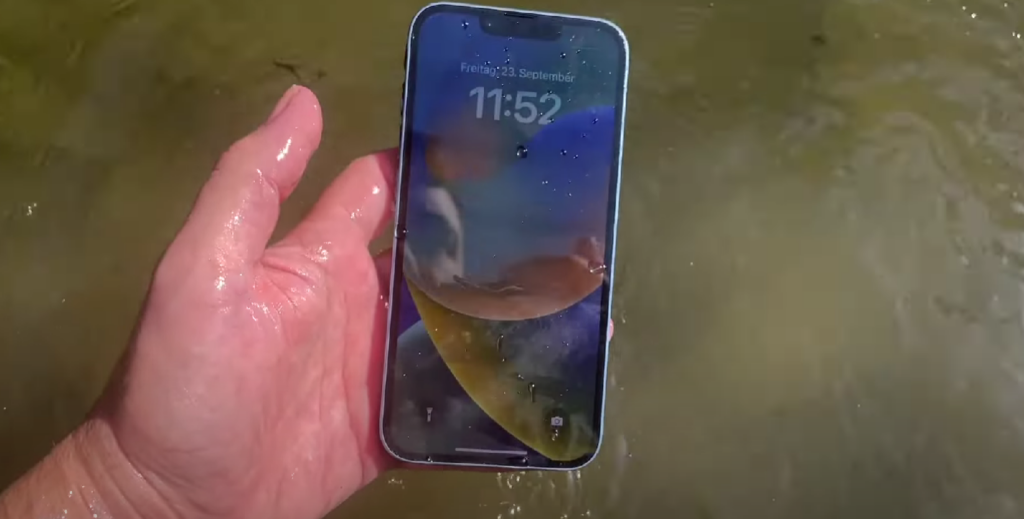
Use of Incompatible Accessories
Using non-certified or low-quality charging cables and accessories can contribute to charging port damage. These cables may not fit properly or have poor build quality, causing strain on the port or even delivering excessive voltage, which can harm the internal components.
It is recommended to use genuine, MFi-certified cables and accessories that are specifically designed for your iPhone model to avoid potential damage.
Natural Wear and Tear
Some iPhone models may be more prone to port issues due to design flaws or weak points in the construction. Continuous usage and plugging and unplugging of the charging cable can gradually wear down the port’s components, leading to eventual damage or failure.
A damaged charging port on an iPhone can stem from various causes. Taking preventive measures, such as handling the device with care, keeping the port clean, and using genuine cables, can help minimize the risk of charging port damage.
If your iPhone’s charging port does get damaged, it is advisable to seek professional repair services to ensure a proper and reliable fix.
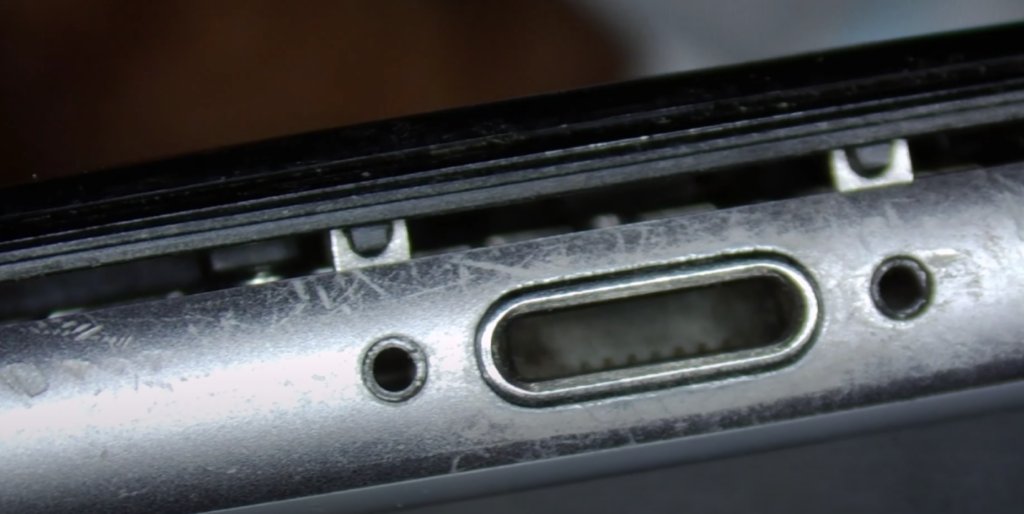
How to Know If Your Charging Port is Damaged?
Recognizing whether your charging port is damaged is crucial in addressing charging issues and ensuring the proper functioning of your iPhone. Here are some signs to look out for that indicate potential charging port damage:
Difficulty in Establishing a Stable Connection
One of the primary indicators of a damaged charging port is a consistent struggle to establish a stable connection between your iPhone and the charging cable. If you find yourself having to wiggle the cable or apply pressure in specific positions to initiate charging, the port has likely become loose or misaligned.
Intermittent Charging or Slow Charging
A damaged charging port can result in erratic charging behavior. Your iPhone may show signs of charging intermittently, where the charging process starts and stops repeatedly.
Additionally, you might notice significantly slower charging speeds than usual, even when using a reliable charging cable and a power source.
No Charging Response
If your iPhone fails to respond at all when connected to a charger, it could be an indication of a severe charging port issue. When the port is extensively damaged or completely broken, your device may not recognize the charging cable, preventing any power transfer.
Physical Damage to the Port
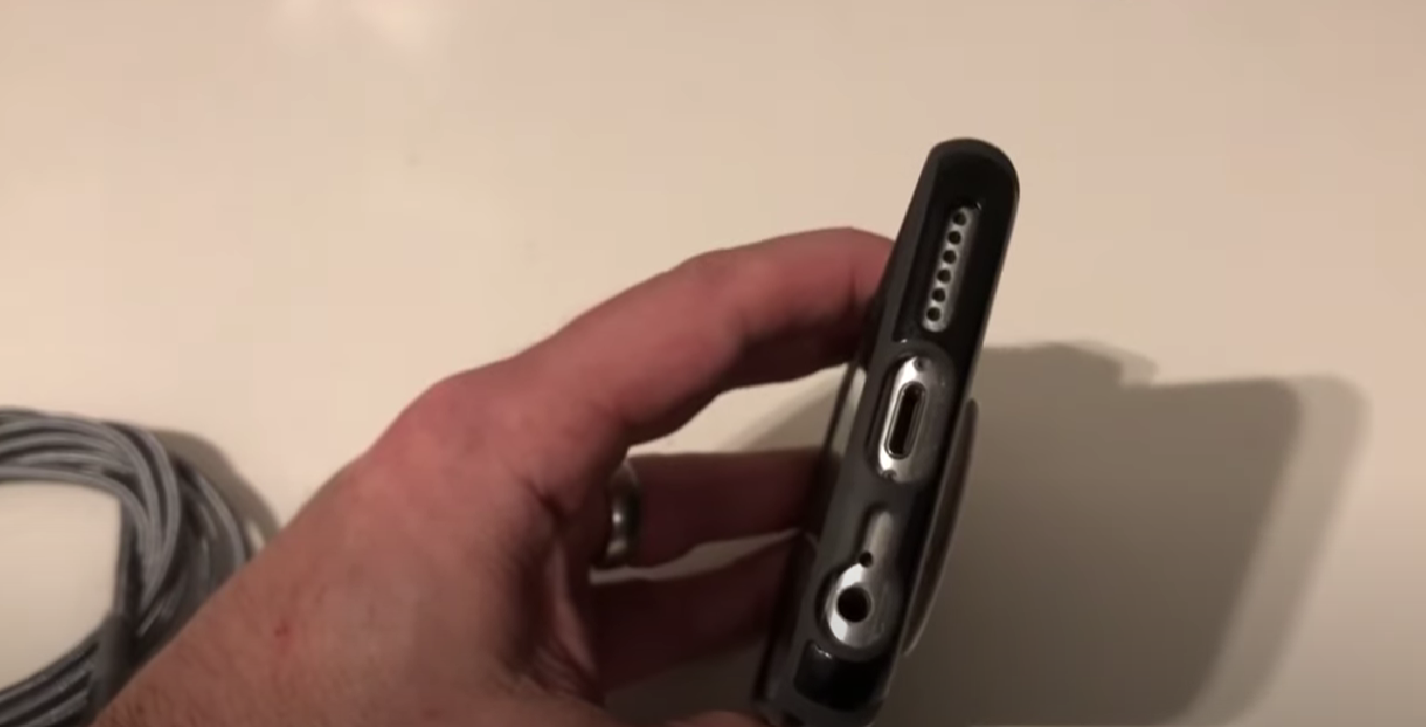
Inspect the charging port visually for any visible signs of physical damage. Look for bent pins, corrosion, or any foreign objects obstructing the connection. If you notice any abnormalities or irregularities in the port’s appearance, the port has likely sustained damage.
Overheating During Charging
While charging, if you feel excessive heat radiating from the charging port area, it could be an indication of a damaged port. Malfunctioning ports can cause increased resistance, leading to higher temperatures during the charging process.
Inability to Transfer Data
A damaged charging port can affect not only the charging functionality but also the ability to transfer data between your iPhone and other devices. If you experience difficulties in establishing a data connection or encounter errors when attempting to sync or transfer files, it could be a sign of port damage.
If you observe any of these signs indicating a damaged charging port, it is advisable to take the following steps:
Clean the Port
Use a soft, dry brush or compressed air to gently remove any dust, lint, or debris that may be obstructing the connection. Ensure that the iPhone is powered off before attempting any cleaning.
Try a Different Charging Cable and Power Source
Use a different charging cable and connect it to a reliable power source to rule out the possibility of a faulty cable or power adapter causing the issue.
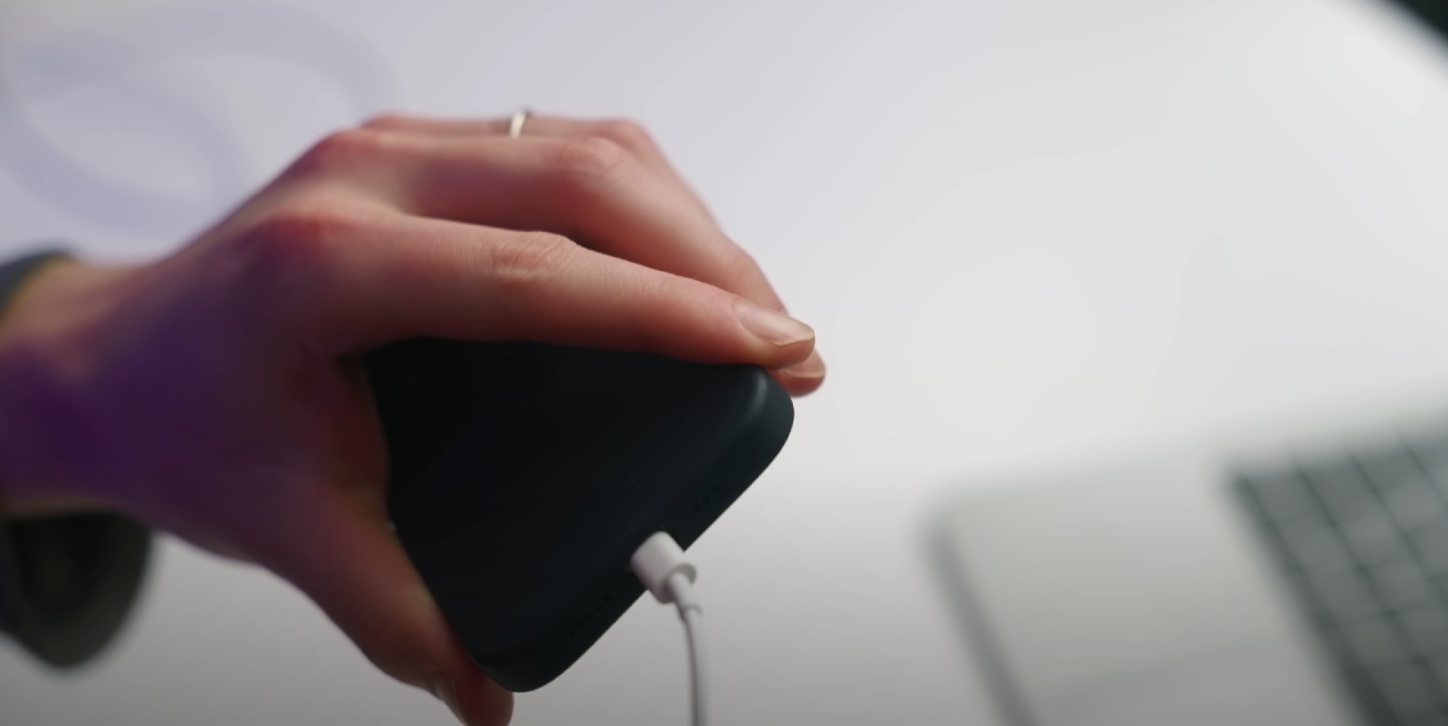
Test With Another Device
If possible, try connecting the charging cable to another compatible device to verify if the issue lies with your iPhone’s charging port or the cable itself.
Seek Professional Assistance
If the problem persists or you suspect significant damage to the charging port, it is recommended to seek assistance from a professional repair service or visit an authorized service center. They have the expertise and necessary tools to diagnose and repair charging port issues accurately.
Remember, attempting to repair the charging port yourself may further damage your iPhone or void any existing warranty [1]. Therefore, it is best to rely on professional help to ensure a safe and effective resolution to the charging port problem.
Conclusion
When it comes to rescuing your iPhone’s charging port, the cost can vary depending on factors like the model, damage, and repair shop. However, by entrusting the job to professionals and weighing your options wisely, you can restore the flow of power without breaking the bank.

